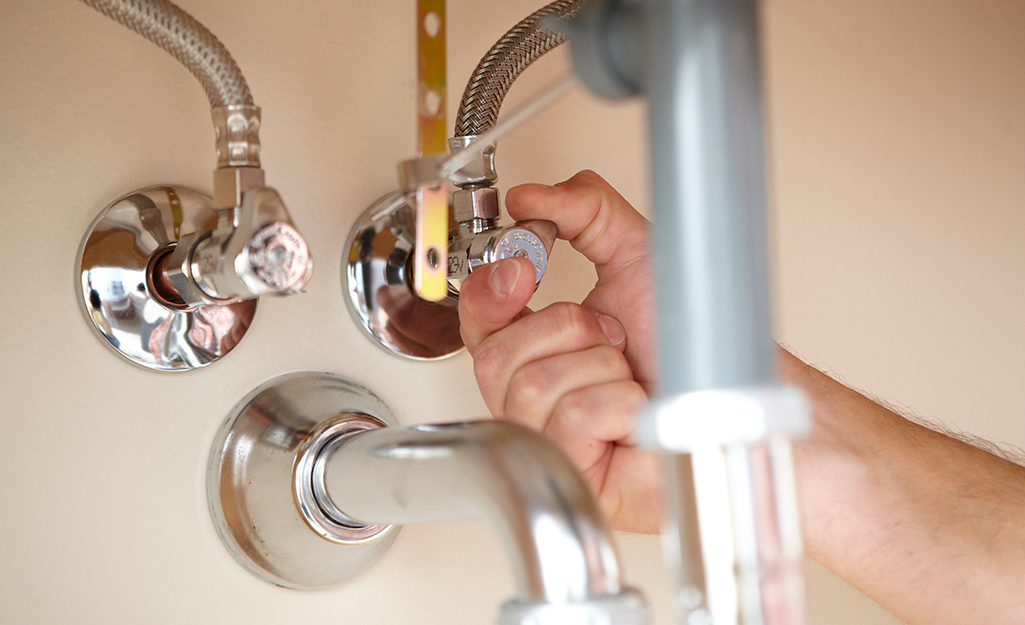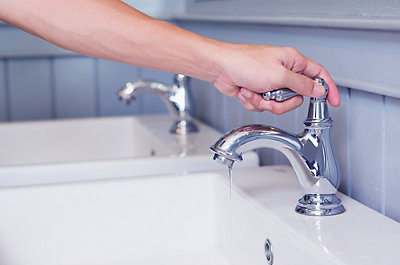Uncovering the Significance of Correcting a Leaking Faucet
Uncovering the Significance of Correcting a Leaking Faucet
Blog Article
Are you searching for related information on Should I Repair or Replace a Leaky Faucet??

Dripping taps might seem like a minor aggravation, but their impact goes beyond just the annoyance of the sound. From wasting water to incurring unneeded financial costs and health and wellness risks, ignoring a leaking tap can lead to different consequences. In this post, we'll explore why it's critical to address this common house issue immediately and efficiently.
Wastage of Water
Environmental Effect
Trickling taps add significantly to water wastefulness. According to the Environmental Protection Agency (EPA), a single tap dripping at one drip per secondly can throw away greater than 3,000 gallons of water annually. This not only stress water resources but additionally influences ecological communities and wildlife dependent on them.
Financial Expenses
Boosted Water Bills
Past the environmental influence, trickling taps can inflate water expenses considerably. The gathered wastage with time translates right into higher utility expenses, which might have been stayed clear of with timely repairs.
Prospective Residential Property Damage
In addition, long term trickling can result in damage to fixtures and surface areas bordering the faucet. Water build-up can cause staining, deterioration, and also architectural concerns if left ignored, resulting in additional repair prices.
Health Worries
Mold and Mold Growth
The continuous presence of wetness from a leaking tap produces an optimal setting for mold and mildew and mold development. These fungi not just compromise indoor air quality but additionally position health threats, especially for individuals with breathing conditions or allergies.
Waterborne Illness
Stagnant water in trickling faucets can come to be a breeding place for bacteria and various other virus, enhancing the risk of waterborne diseases. Pollutants such as Legionella microorganisms prosper in stagnant water, possibly leading to severe health problems when ingested or inhaled.
DIY vs. Specialist Repair service
Benefits and drawbacks of DIY Repair Service
While some may attempt to take care of a dripping faucet themselves, DIY repair services include their very own collection of challenges. Without appropriate understanding and devices, do it yourself attempts can intensify the problem or result in insufficient repairs, prolonging the issue.
Advantages of Employing a Professional Plumber
Employing an expert plumber makes sure that the underlying root cause of the trickling faucet is resolved efficiently. Plumbings possess the expertise and devices to diagnose and fix tap concerns efficiently, conserving time and minimizing the threat of additional damage.
Step-by-Step Overview to Dealing With a Dripping Faucet
Devices Needed
Before trying to repair a dripping tap, gather the needed devices, including a flexible wrench, screwdrivers, replacement components (such as washers or cartridges), and plumber's tape.
Common Tap Issues and Their Solutions
Recognize the sort of faucet and the particular issue causing the drip. Usual troubles consist of worn-out washers, corroded shutoff seats, or damaged O-rings. Describe supplier guidelines or on the internet tutorials for step-by-step guidance on repairs.
Safety nets
Regular Upkeep Tips
To stop dripping taps, do routine maintenance such as cleansing aerators, checking for leaks, and changing damaged parts quickly. In addition, think about mounting water-saving devices or updating to more effective components.
Importance of Prompt Repair Works
Attending to trickling taps as soon as they're seen prevents additional water waste and prospective damages, ultimately saving both water and money over time.
Effect On Home Value
Understanding of Well-Maintained Home
Maintaining a residential property in good condition, consisting of dealing with maintenance issues like trickling taps, improves its viewed value and value among prospective buyers or tenants.
Impact on Resale Value
Characteristics with properly maintained plumbing fixtures, consisting of faucets, command greater resale values in the realty market. Addressing trickling faucets can contribute to a favorable impact during building evaluations and settlements.
Ecological Responsibility
Private Contribution to Preservation
Taking duty for taking care of trickling taps lines up with broader efforts towards water conservation and environmental sustainability. Every individual's activities jointly make a substantial impact on preserving valuable sources.
Lasting Living Practices
By focusing on prompt repair services and taking on water-saving routines, people add to sustainable living techniques that profit both present and future generations.
Conclusion
Resolving a leaking tap surpasses mere convenience; it's a vital step towards conserving water, lowering monetary prices, and safeguarding health and wellness and residential or commercial property. Whether with DIY repair services or specialist aid, doing something about it to fix trickling faucets is a tiny yet impactful way to promote accountable stewardship of sources and add to a healthier, a lot more sustainable future.
Most Common Reasons for a Leaky Faucet and How to Stop the Drip
Whether it’s your kitchen faucet leaking or a bathroom faucet leaking, one leaky faucet can waste anywhere from three to 30 gallons of water every single day. If the constant drip-drip-drip doesn’t get your attention, your water bill will. The good news is that, by following a few simple steps, chances are pretty good you can fix the problem yourself.
Why is it dripping?
Before you start taking things apart, let’s break down some of the most common causes of a leaky faucet.
Bad O-ring.
A cartridge is a valve that controls the flow of water into the faucet spout. On cartridge faucets there’s an O-ring—the little disc attached to the stem screw that holds the faucet handle in place. If it’s loose or worn-out, it can cause your sink handle to leak. Of course, the cartridge itself could be worn out. If that’s the case, make sure you replace it with the exact same kind.
Corroded valve seat.
The valve seat connects the faucet and the spout. If the leak seems to be coming from the spout, it might be because a buildup of water sediment has corroded the valve seat.
Worn-out washers or seals.
A leaky spout could be caused by a bad washer that rests against the valve seat. It’s just a matter of time before friction takes its toll. It could also be the wrong size washer or one that’s been installed incorrectly. Water sediments can also corrode inlet and outlet seals.
Water pressure.
If the faucet only drips now and then, or when you turn the handles a certain way, you should probably check your home’s water pressure.
Loose or broken parts.
The adjusting ring and packing nuts in the stream screw can become loose over time, causing your sink handle to leak. Try tightening or replacing the packing nut. If the leak is coming from the pipes underneath the sink, you probably have a broken pipe or fitting. If that’s the case, you should definitely call a plumber.
Know your faucet.
Faucets come in a variety of types. Each one has its own assembly—and its own possible causes of leaks. Learning about the four most common kinds of faucets will help you know how to take them apart and make any repairs.
How to stop a leaky faucet
Fixing that leaky faucet doesn’t have to take a lot of time, money, or expertise. It’s usually a simple matter of replacing a worn-out washer or gasket, a loose O ring, or another part. Chances are really good you can do this yourself if you follow these simple steps.
Shut off the water.
Before you tackle the faucet, cut off the water supply to the sink. There should be one valve for hot and one for cold. Hand-turn them clockwise with your hands till they close. If there are no valves under the sink, head to the basement and shut off the main water supply to the house. Then turn on the faucet until it empties out the water that’s still in the line and you’re ready to start. It’s a good idea to cover the sink drain with a plug or a rag so you don’t lose any small pieces and parts while you’re working.

As a passionate person who reads on Why Are My Faucets Dripping (And Can I Fix It Myself)?, I figured sharing that article was sensible. If you please take the time to share this write-up if you enjoyed it. I treasure reading our article about What Causes Leaky Faucets & How To Fix Them.
Report this page